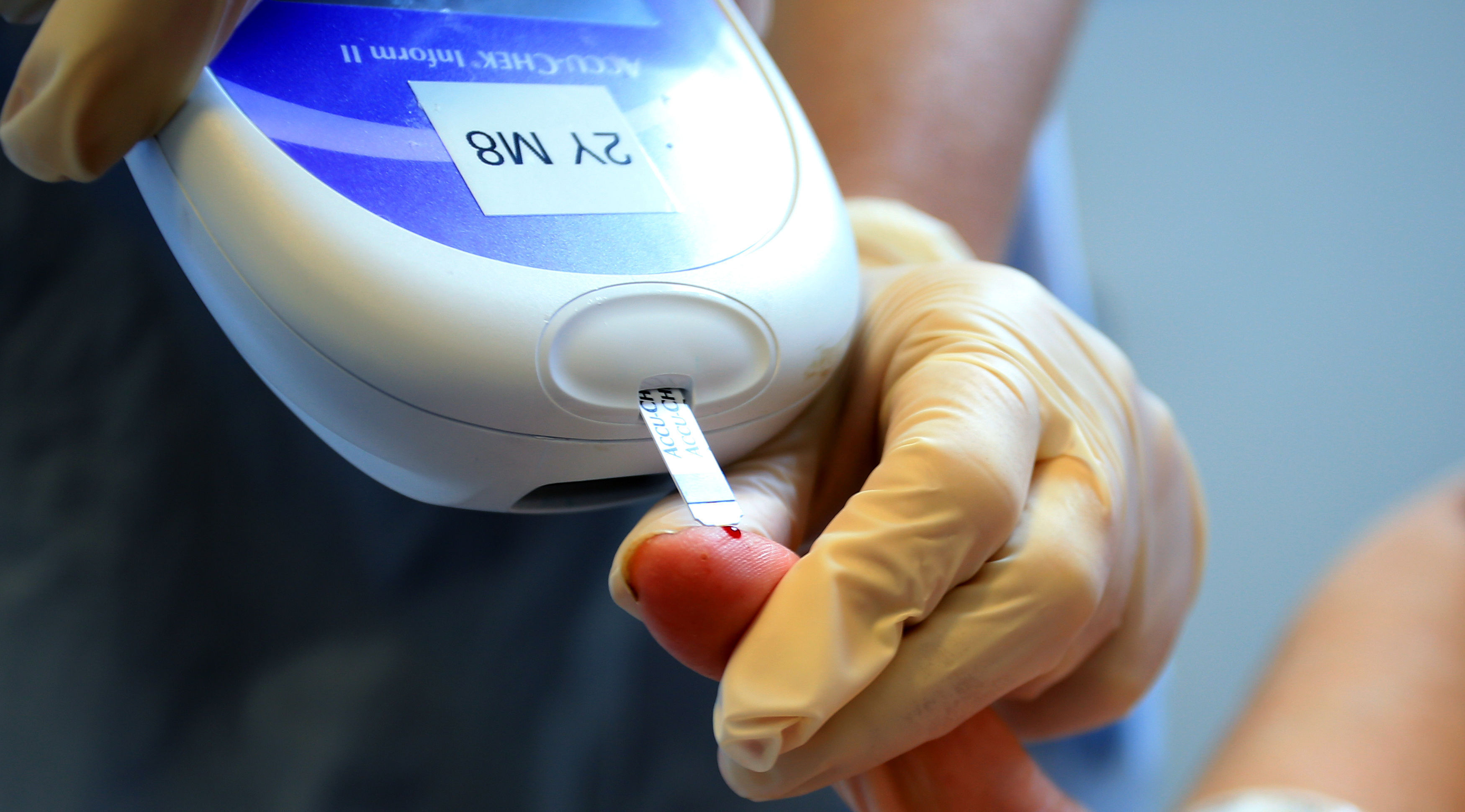
TYPE 2 DIABETES can be reversed by intensive therapy combining drugs, insulin jabs, diet and exercise, research suggests.
The approach led to 40% of trial patients remaining symptom-free three months after stopping diabetes medication.
Researchers say the results could “shift the paradigm” of Type 2 diabetes treatment away from one that simply manages a chronic condition by controlling blood sugar.
Lead scientist Dr Natalia McInnes, from McMaster University in Ontario, Canada, said: “The findings support the notion that Type 2 diabetes can be reversed, at least in the short-term.”
Diabetes is believed to affect more than four million people in the UK, including those currently undiagnosed.
The condition occurs when the body is unable to regulate its use of glucose as energy fuel, and blood sugar levels rise. It produces a range of symptoms that can be disabling and life-shortening.
The vast majority of people with diabetes have the Type 2 form of the disease which involves poor sensitivity to the hormone insulin, produced in the pancreas, and is linked to unhealthy lifestyle and obesity.
It is generally seen as a progressive chronic condition that can be managed, but not cured.
For the new study, investigators compared the effects of an intensive metabolic treatment with standard therapy and advice in 83 diabetic patients.
Two groups of participants were given a personalised exercise plan and a diet that cut their energy intake by 500 to 750 calories per day. They also took the anti-diabetes pills metformin and acarbose, and received nightly insulin injections to prevent spikes in blood sugar.
One group underwent the intensive therapy for 16 weeks and the other for eight.
Three months after the treatment finished, 11 out of 27 patients in the 16 week group met the criteria for complete or partial remission. They no longer appeared to be suffering from progressive diabetes.
The same outcome was seen in six of the 28 patients in the eight week group.
Just four patients in the “control” group that received standard care showed evidence of remission.
Dr McInnes said: “The research might shift the paradigm of treating diabetes from simply controlling glucose to an approach where we induce remission and then monitor patients for any signs of relapse.
“The idea of reversing the disease is very appealing to individuals with diabetes.
“It motivates them to make significant lifestyle changes and to achieve normal glucose levels with the help of medications.
“This likely gives (the) pancreas a rest and decreases fat stores in the body, which in turn improves insulin production and effectiveness.”
The research is published in the Journal of Clinical Endocrinology & Metabolism.
Emily Burns, from the charity Diabetes UK, said: “We know that diet, exercise and medications can help people with Type 2 diabetes to manage their condition.
“We’re starting to see mounting evidence that putting Type 2 diabetes into remission is feasible as well.
“This is really interesting research, but we need longer trials in larger numbers of people to see if their approach works for the long-term.”

Enjoy the convenience of having The Sunday Post delivered as a digital ePaper straight to your smartphone, tablet or computer.
Subscribe for only £5.49 a month and enjoy all the benefits of the printed paper as a digital replica.
Subscribe